In the world of software engineering987 Archives code can take multiple forms from the time it's written by a programmer to the moment it is executed by a computer. What begins as high-level source code, written by humans in languages like Python or Java, this code eventually is eventually transformed into machine code – a sequence of 1s and 0s – that represent the lowest-level language a computer can read and execute. Often, an intermediary format called bytecode bridges the gap between high-level source code and machine code.
Machine code is the most basic and fundamental level of code, designed to be directly read and executed by a computer's hardware. It is so low-level that it is neither human-readable nor accessible to higher-level systems. Machine code consists entirely of binary sequences – 1s and 0s – that correspond to specific commands or operations, instructing the computer's components (e.g., memory, CPU) on exactly what to execute.

Editor's Note:
This guest blog was written by the staff at Pure Storage, an US-based publicly traded tech company dedicated to enterprise all-flash data storage solutions. Pure Storage keeps a very active blog, this is one of their "Purely Educational" posts that we are reprinting here with their permission.
High-level programming languages are typically translated into machine code through a process called compilation or assembly.
The primary role of machine code is to serve as the interface between software and hardware. It converts high-level programming languages (code you write in Java, C#, Python, etc.) into instructions a computer can understand and execute. Additionally, machine code forms the foundation for higher-level programming languages, as well as the compilers and interpreters used to create intermediary formats like bytecode, which will be discussed next.

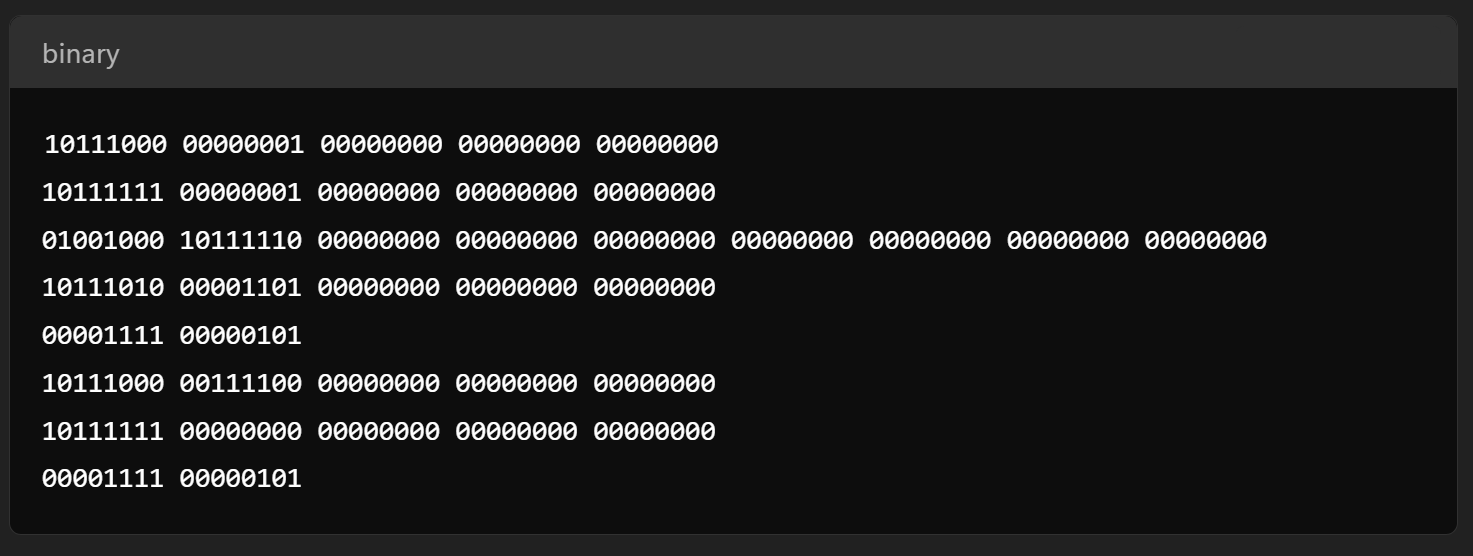
When software is written in a variety of programming languages, machine code ensures that high-level, human-readable commands are transformed into machine-readable instructions. Furthermore, machine code is optimized for the specific hardware it runs on, maximizing efficiency and performance.
Bytecode is a compact, platform-independent, and portable version of high-level code. It's akin to a middle ground between source code and machine code: It's not readable by a human programmer like source code, but it's also not readable by hardware, like machine code. Instead, a compiler within a programming environment translates the source code into bytecode, which is then executed by a virtual machine or interpreter or compiled further.
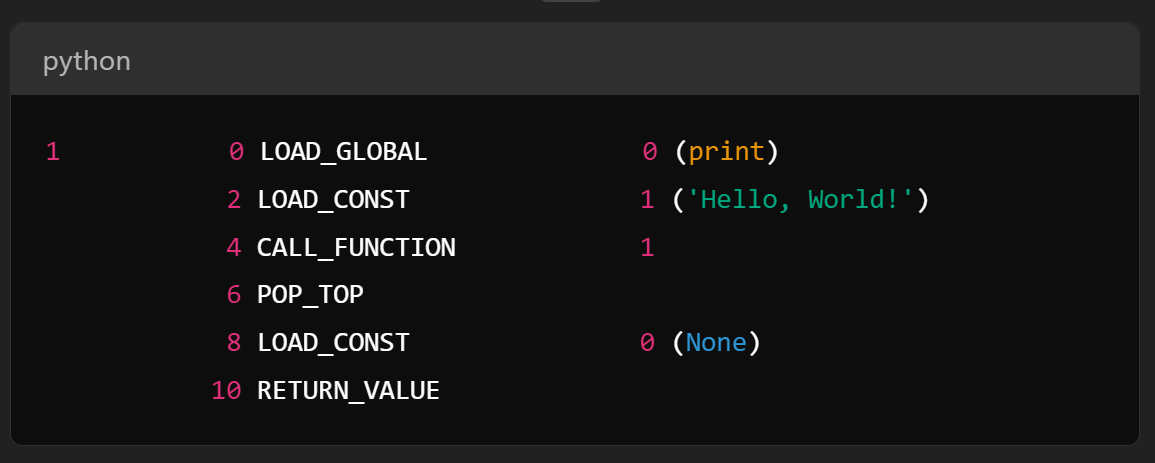
This distinction is important because modern software often needs to run on various devices, operating systems, and platforms. Bytecode enables this by providing a simplified, standardized representation of the source code in numeric form.
This format makes bytecode lightweight and portable, unlike machine code, which is often specific to a particular hardware architecture (e.g., a specific CPU). As long as a system has the appropriate virtual machine, it can execute the bytecode.
In simple terms, bytecode is a streamlined, compact version of a program written in a high-level programming language, such as Java or Python. However, it cannot be executed without a virtual machine or interpreter. Bytecode is also sometimes referred to as "p-code" (short for portable code).
Machine code is generally faster than bytecode because it is easier and quicker for a computer to process. This is primarily due to the absence of an abstraction layer, which is present in bytecode to simplify programming and compilation. While this abstraction layer makes code development more efficient for programmers, it often results in a trade-off in performance. Abstraction reduces the code's granularity and limits direct control over machine operations.
Machine code is closely aligned with the hardware's cache, memory, and other components, enabling software to be highly optimized for the specific hardware. Written in the computer's native language, machine code eliminates the need for additional interpretation. This means you are giving the machine exact instructions in the language specifically designed for it, resulting in minimal overhead and faster execution.
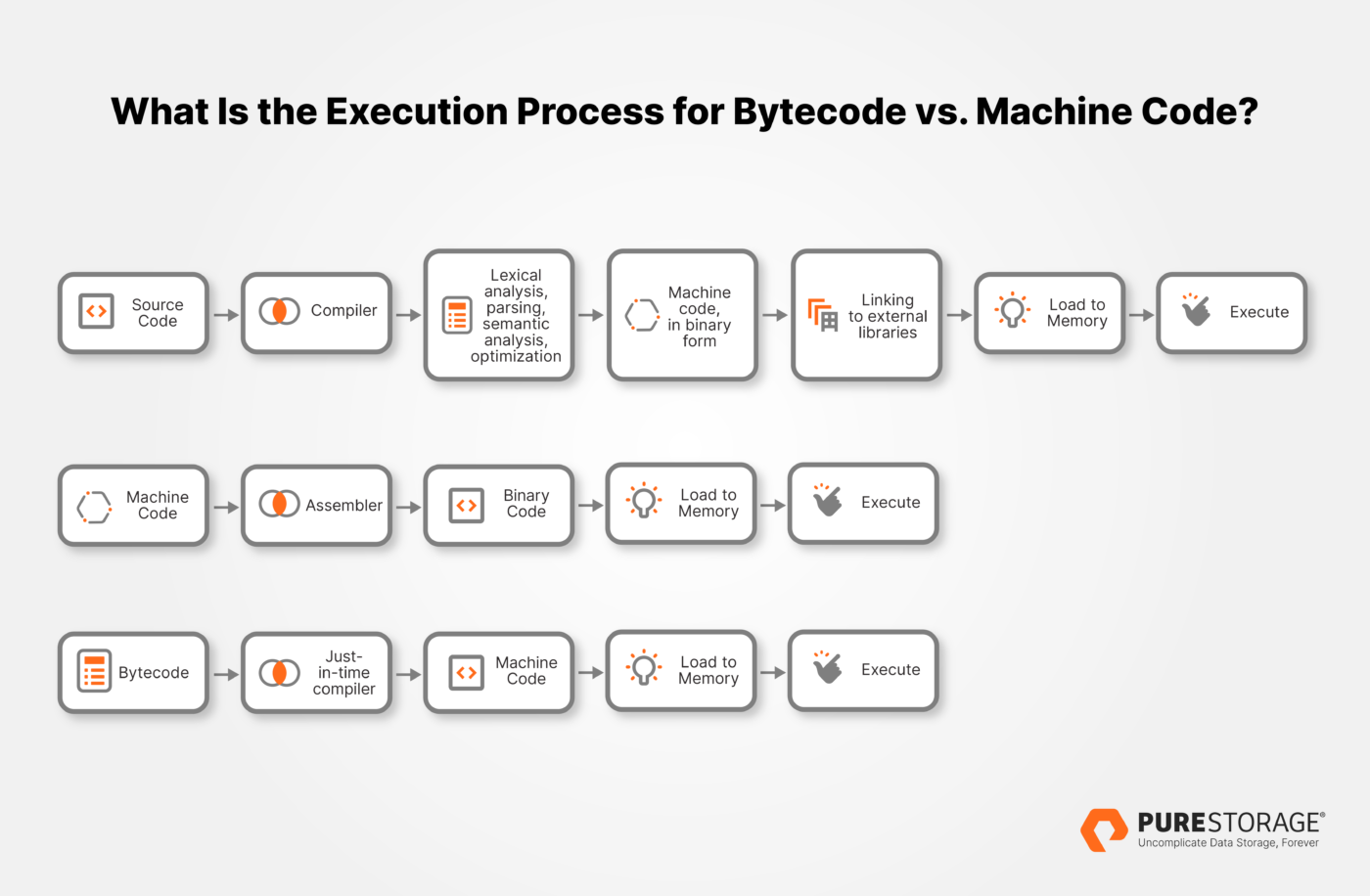
Bytecode, on the other hand, requires an additional layer of interpretation, which can introduce delays and complexity. Techniques like just-in-time (JIT) compilation can improve bytecode performance by converting it to machine code during runtime. However, machine code still benefits from superior hardware-level optimization.
A compiler that generates hardware-specific machine code can fully utilize the unique features of the hardware, whereas bytecode often cannot leverage these features as effectively.
No, binary code is not the same as bytecode. While both are written in binary format (sequences of 1s and 0s), they serve different purposes:
Yes, the Common Intermediate Language (CIL) in Microsoft's .NET framework is a form of bytecode. Like Java, .NET operates on the principle of "write once, run anywhere." A compiler translates source code written in .NET languages into CIL instructions. These instructions can then be executed on any system with a compatible Common Language Runtime (CLR).
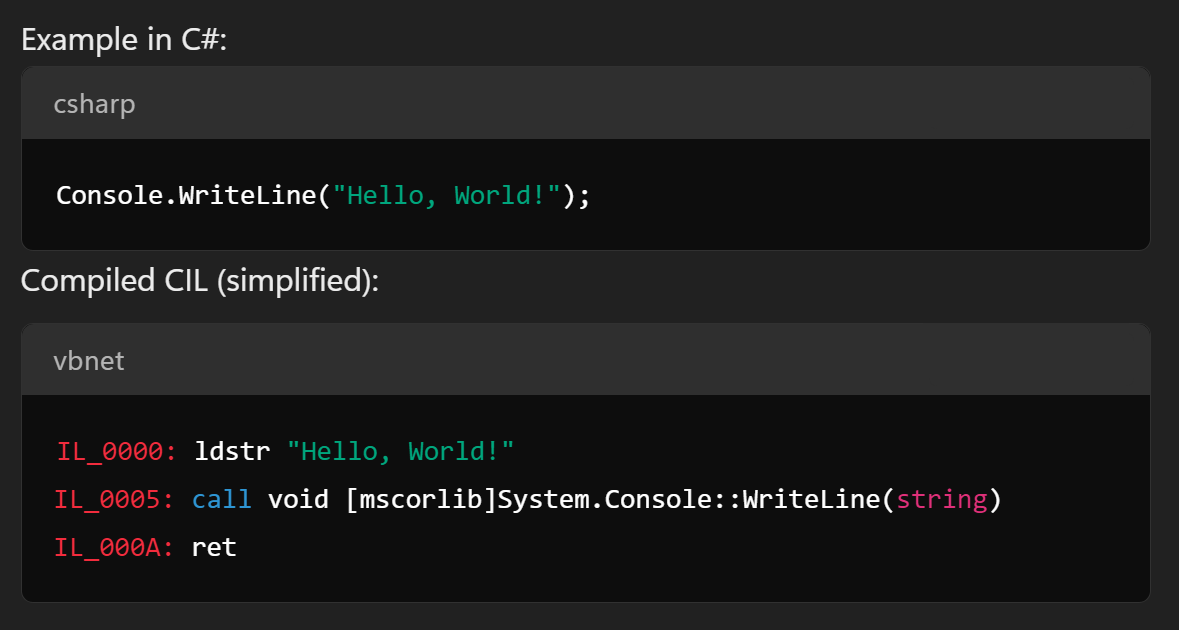
Java is one of the most portable modern programming languages and bytecode is a cornerstone of this characteristic. When a Java application is compiled, the compiler generates bytecode instead of machine code.
When a Java application is written, it gets compiled and generates bytecode, which provides instructions to the JVM, which acts as an interpreter for each method in the Java program. The machine code it generates can be efficiently executed by the CPU.
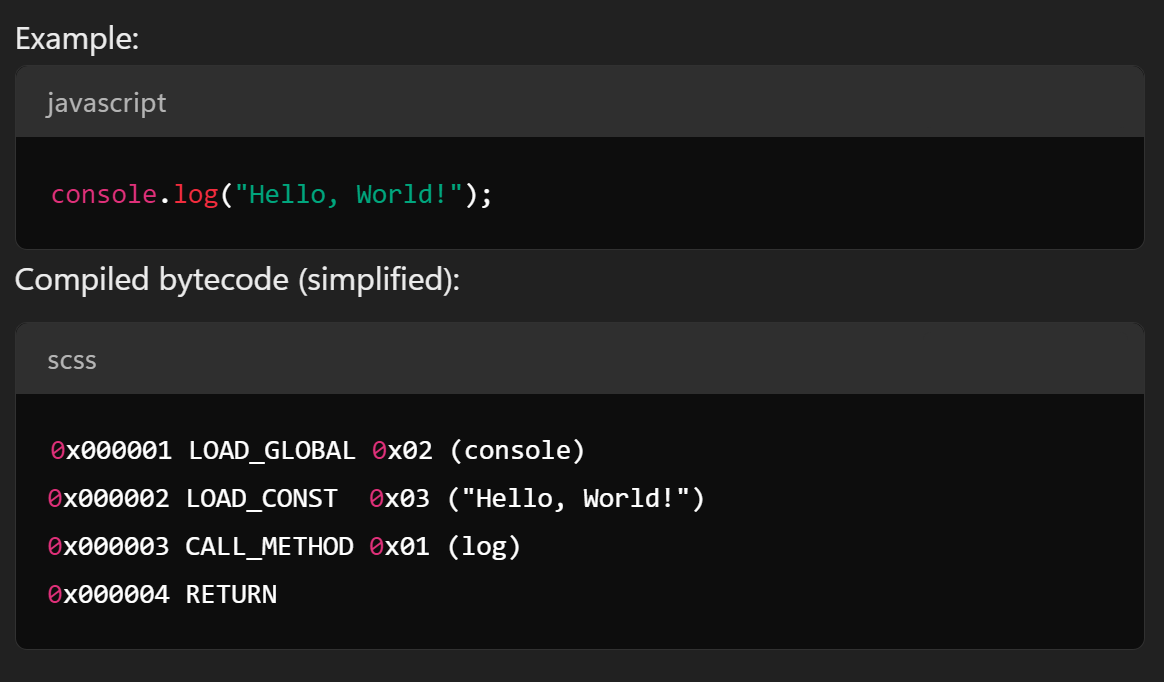
Just-in-time compilers can help developers get the best of both worlds: the portability of high-level programming compiled into bytecode with the efficiency of machine code and better optimization of machine-specific features.
 'The Last of Us' Season 2, episode 3's opening credits has a heartbreaking change
'The Last of Us' Season 2, episode 3's opening credits has a heartbreaking change
 Surreal astronaut photos show the danger and beauty of Hurricane Maria
Surreal astronaut photos show the danger and beauty of Hurricane Maria
 Netflix has pulled this children's show after a very NSFW discovery
Netflix has pulled this children's show after a very NSFW discovery
 Facebook to hand more than 3,000 Russian ads to Congress
Facebook to hand more than 3,000 Russian ads to Congress
 Big fat Stratolaunch plane tests all six of its engines
Big fat Stratolaunch plane tests all six of its engines
 Ron Howard drops biggest hint yet that the Han Solo movie could answer an infamous question
Ron Howard drops biggest hint yet that the Han Solo movie could answer an infamous question
 Nintendo's hidden NES 'Golf' game on Switch is likely a tribute to Iwata
Nintendo's hidden NES 'Golf' game on Switch is likely a tribute to Iwata
 U.N. aims to make carbon emissions cost money at COP 25 climate talks
U.N. aims to make carbon emissions cost money at COP 25 climate talks
 PSA: Anyone can record and save your snaps forever on iOS 11
PSA: Anyone can record and save your snaps forever on iOS 11
 Character AI reveals AvatarFX, a new AI video generator
Character AI reveals AvatarFX, a new AI video generator
 Hulu snags Sean Penn to star in upcoming series about Mars
Hulu snags Sean Penn to star in upcoming series about Mars
 New documentary exposes the increasing dependence we have on smartphones
New documentary exposes the increasing dependence we have on smartphones
 Fireball, the unofficial beverage of regret, is now available in bagel form
Fireball, the unofficial beverage of regret, is now available in bagel form
 Apple will bring back 3D Touch app
Apple will bring back 3D Touch app
 This dude is the only person who's truly celebrating Earth, Wind & Fire Day
This dude is the only person who's truly celebrating Earth, Wind & Fire Day
 Hulu snags Sean Penn to star in upcoming series about Mars
Hulu snags Sean Penn to star in upcoming series about Mars
 Best Apple deal: Save $60 on the Apple Watch SE
Best Apple deal: Save $60 on the Apple Watch SE
 In one day, we saw two very different sides of esports
In one day, we saw two very different sides of esports
Best smart thermostat deal: Get the Google Nest for 31% off'Culprits' review: A heistBest smartwatch deal for runners: The Garmin Forerunner 745 is down to a recordWinter by Marin SardyOn The Importance of Not Writing by Mesha MarenA Space for Bette Howland by Honor MooreDyson hair care sale: Refurbished Corrales and Supersonics for $199.99 and a $379.99 AirwrapFeminize Your Canon: Olivia ManningDisney+ is cracking down on password sharing now tooJordan Peele and Hideo Kojima are collaborating on a horror gameMessenger is finally adding default endChildren with Mothers Don’t Eat Houses by Sabrina Orah MarkWordle today: The answer and hints for December 7Proust and the Joy of Suffering by Elisa GabbertOld Ghosts by The Paris ReviewCooking with Martial and Catullus by Valerie StiversAI has been quietly enhancing your work life for yearsBest smart thermostat deal: Get the Google Nest for 31% offVisual Magicians in the Hills of Connecticut by Robert PranzatelliInterview: Todd Haynes on how Mary Kay Letourneau influenced 'May December' Colossal space explosion is the most powerful humans have ever seen England vs. South Africa 2024 livestream: Watch T20 World Cup for free The first images of Earth are chilling Justin Timberlake's mugshot is everywhere SpaceX Starship explodes during Herculean attempt to blast into space NASA picked its Artemis moon astronauts. Here's what they'll do. Slovenia vs. Serbia 2024 livestream: Watch Euro 2024 for free How Mars rovers could explore vast uncharted caves Europe will launch a spacecraft to Jupiter. Here's how to watch. Australia vs. Bangladesh 2024 livestream: Watch T20 World Cup for free ByteDance releases Ola Friend, its first AI smart earbuds · TechNode Poland vs. Austria 2024 livestream: Watch Euro 2024 for free Li Auto ramps up chip making with new Hong Kong office: report · TechNode Best power bank deal: Get the Anker 3 Stunning James Webb Space Telescope photo shows bending of spacetime DJI Air 3 deal: Get $220 off at Amazon Scientists find wild fish swimming below 27,000 feet. How it survives. Best gaming deal: Get Logitech A30 gaming headset at 26% off CATL opens R&D center in Hong Kong as part of $128 million investment · TechNode Google launches citizen science project to help protect coral reefs
1.8581s , 10180.28125 kb
Copyright © 2025 Powered by 【1987 Archives】,Co-creation Information Network